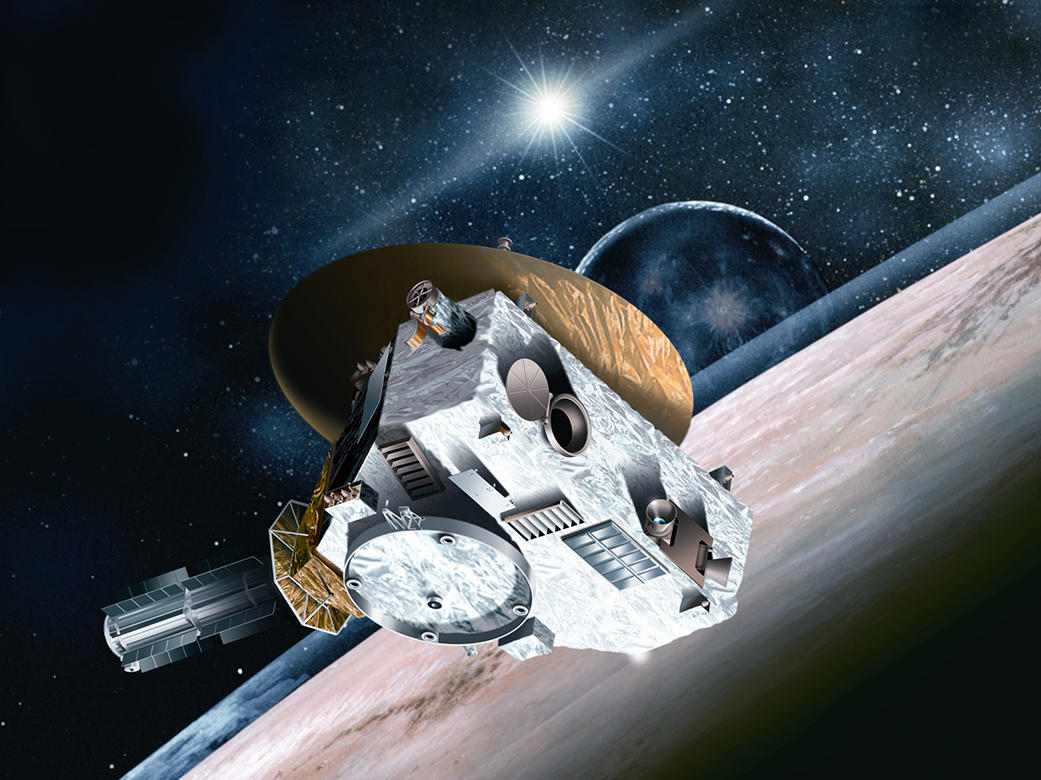
Get a peek at Pluto, the West’s own planet

Neptune, get lost! Out of the way, Saturn—you’re so last year. This week it’s Pluto’s turn to shine.
Ok, gotta calm down here. As my friends will tell you, I have a strong fascination for—these same friends sometimes refer to it as “an unhealthy obsession with”—Pluto, the solar system’s erstwhile ninth planet UNFAIRLY demoted to “dwarf planet” status a decade ago.
No matter. Pluto’s making its comeback. On Tuesday July 14, at 4:49 AM Pacific Daylight Time the spacecraft New Horizons—which was launched almost 10 years ago—will fly closer than any spacecraft ever has to Pluto—an intimate 7,000 miles away. As they say in the Reality TV biz, get ready for the big reveal.
Why do I love Pluto so much? Because it’s ours. All the other planets were either known forever (Mars, Venus) or discovered by haughty European astronomers (Uranus, Neptune). But Pluto is the West’s—discovered in 1930 by astronomer Clyde Tombaugh at Lowell Observatory in Flagstaff, Arizona. (And the name? It was suggested by an 11- year-old English girl, Venetia Burney.) I think of Pluto as the West’s farthest-flung outpost, a little bit of home turf 4.7 billion miles from the sun.
New Horizons has lots of Pluto mysteries to solve. That starts with what the planet looks like. So far, all astronomers have glimpsed is a distant disc that resembles, to some, “a moldy orange.” But there’s speculation that New Horizons’ cameras may reveal volcanoes that shoot forth methane rocks and ice. Or rivers of liquid neon gas. All sorts of amazements.
I suggest that New Horizons’ epic journey should inspire you to make your own journey. Not to Pluto, as much as I wish that could happen, but to Flagstaff and Lowell Observatory. Perched on Mars Hill overlooking town, this is one of the most engaging and interesting places to learn about astronomy anywhere. And for Pluto’s big year, Lowell has opened a terrific new exhibit on the planet, its discovery and its exploration. Venture forth; you won’t be disappointed.